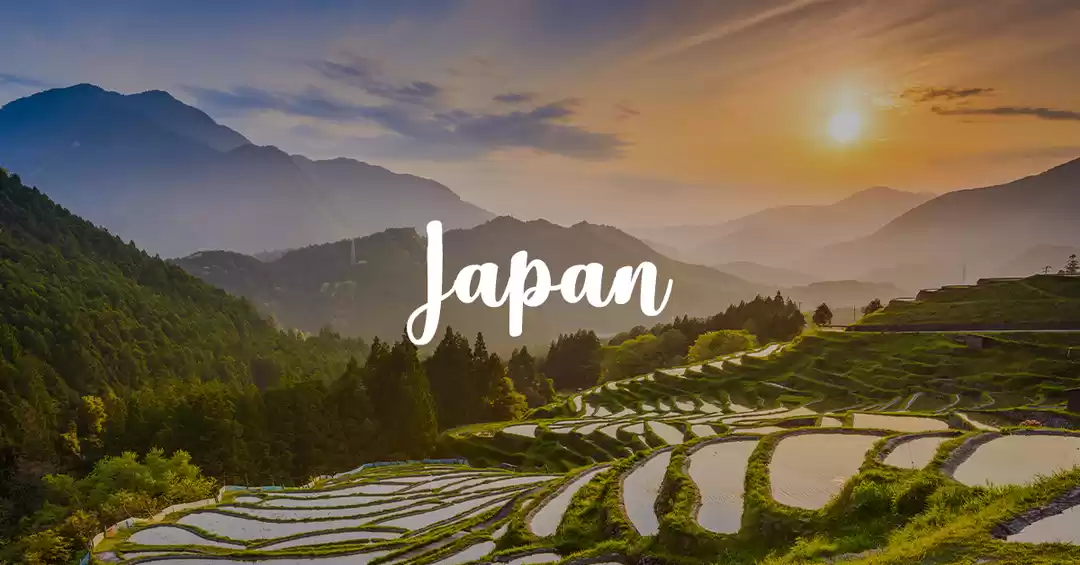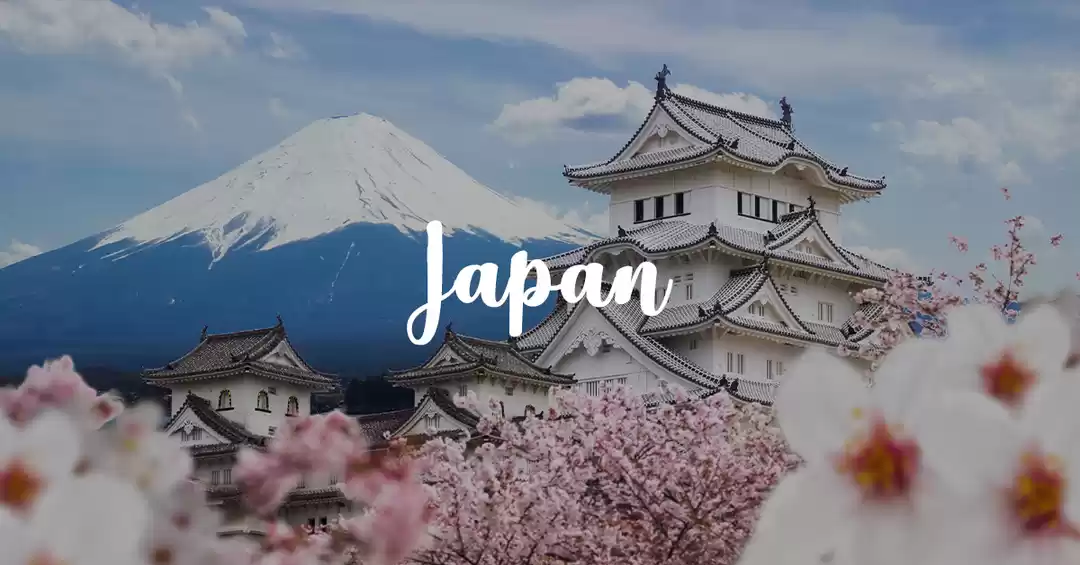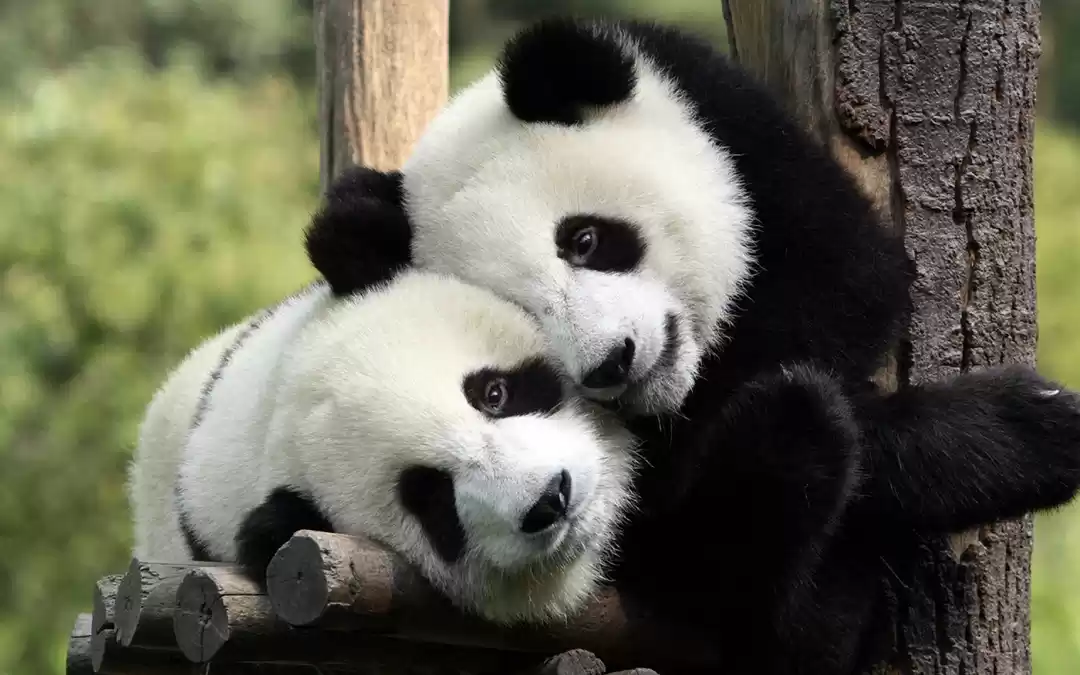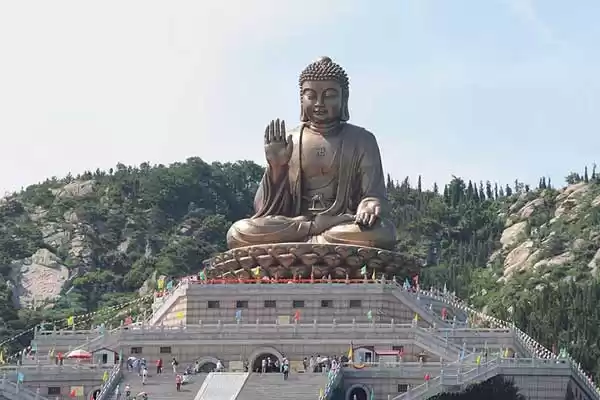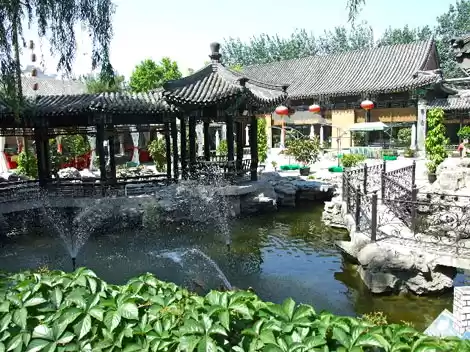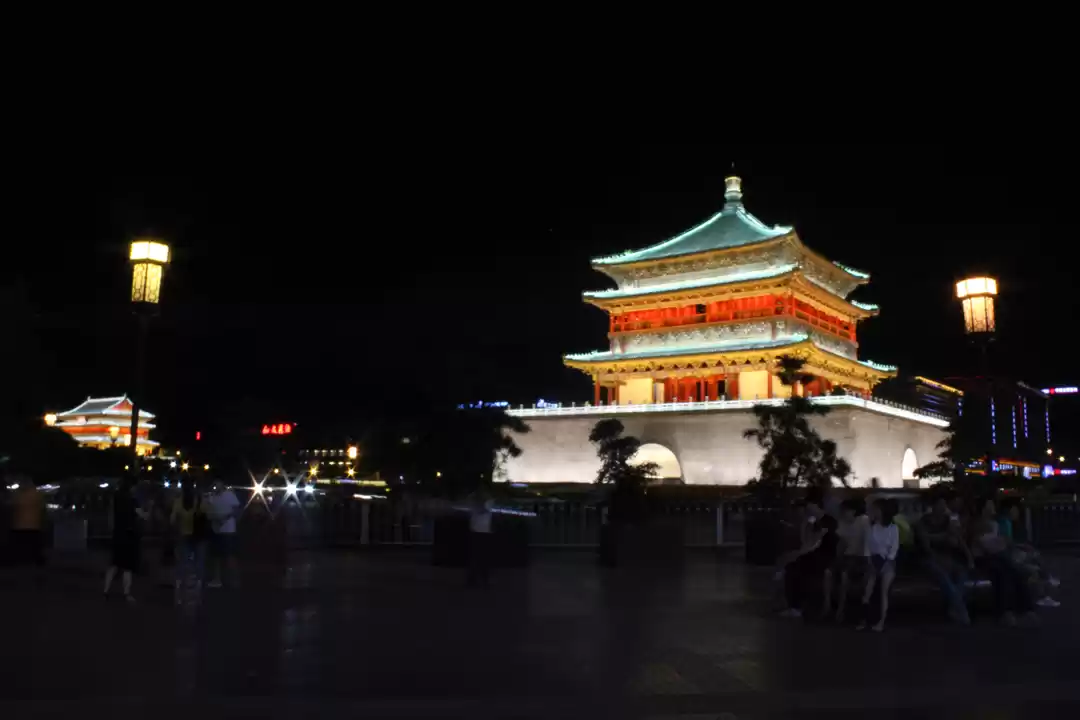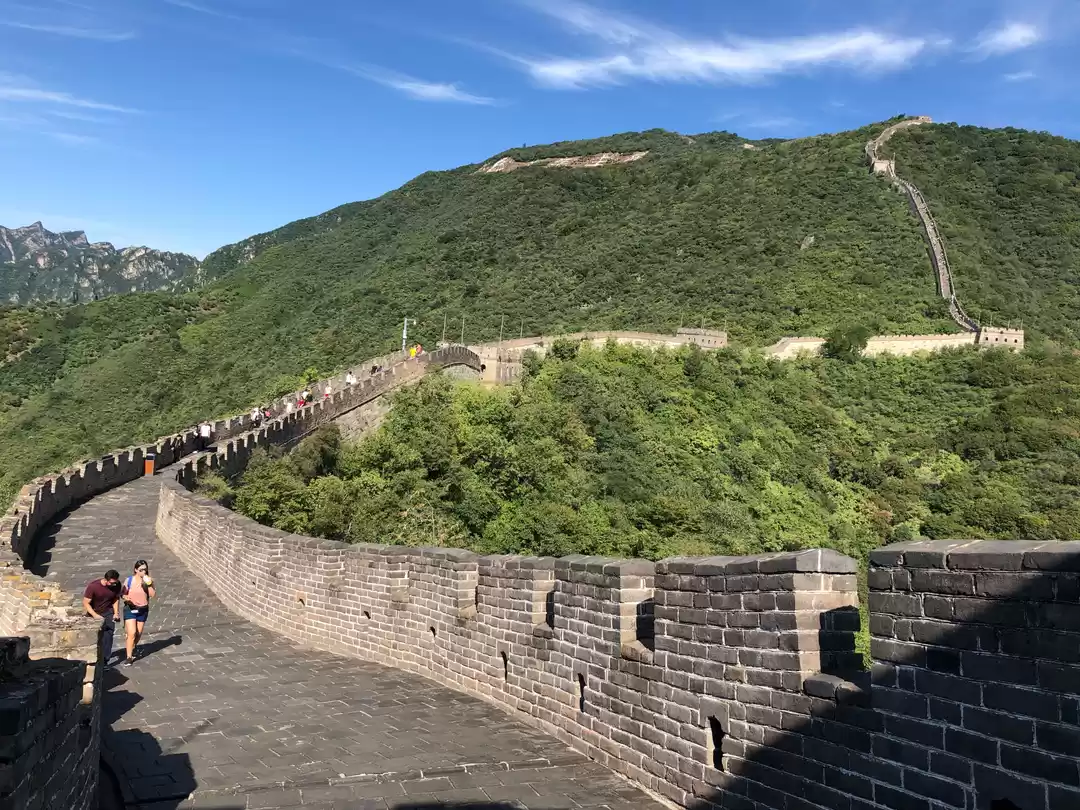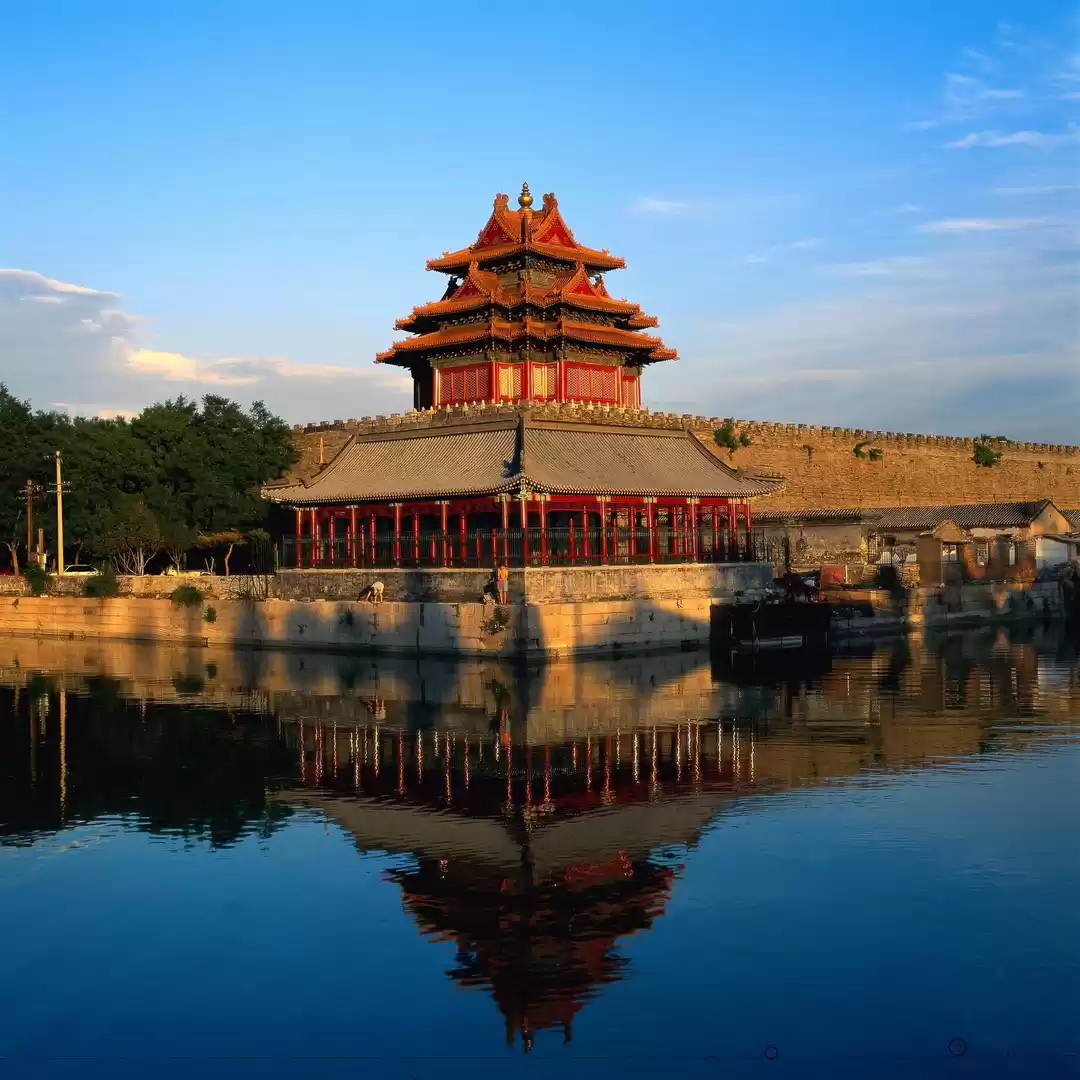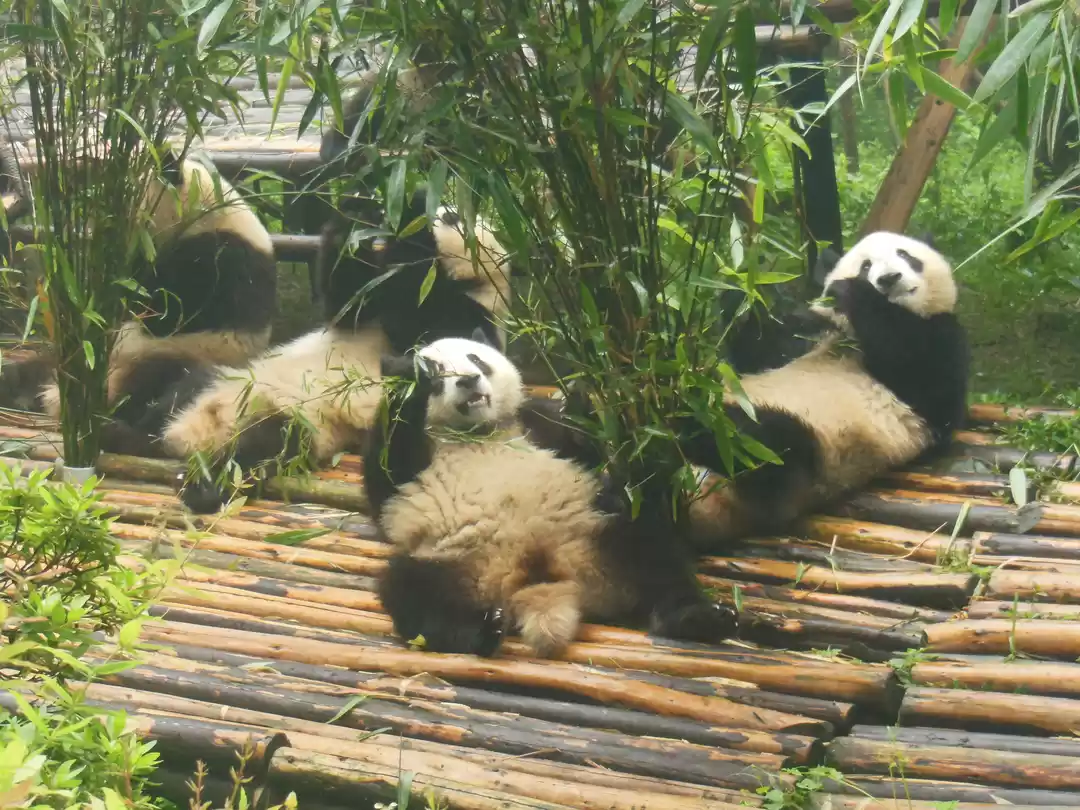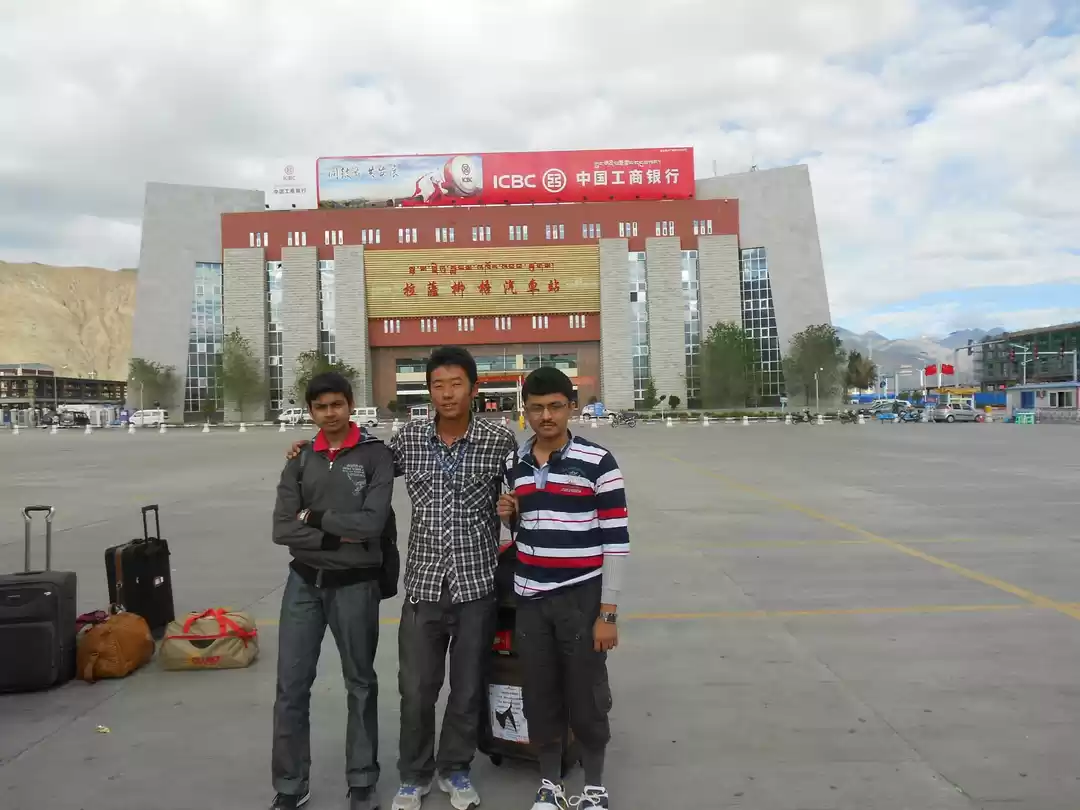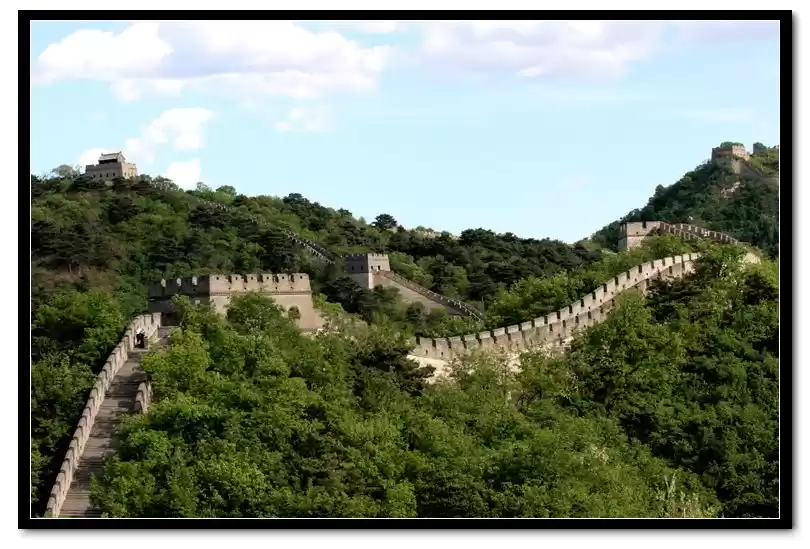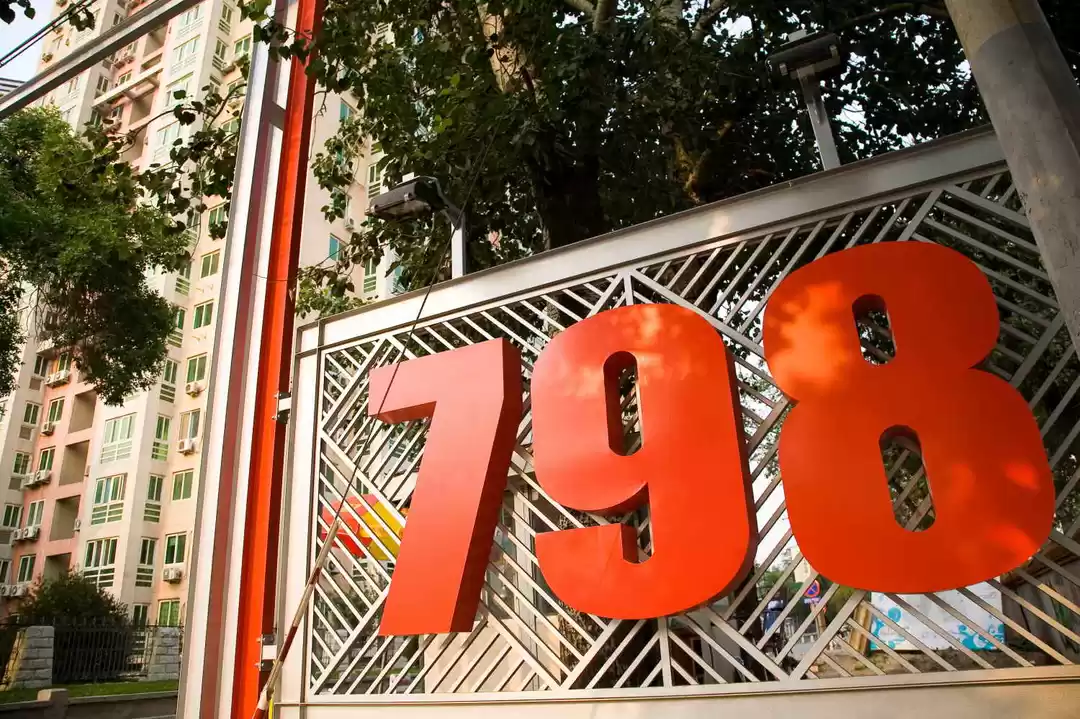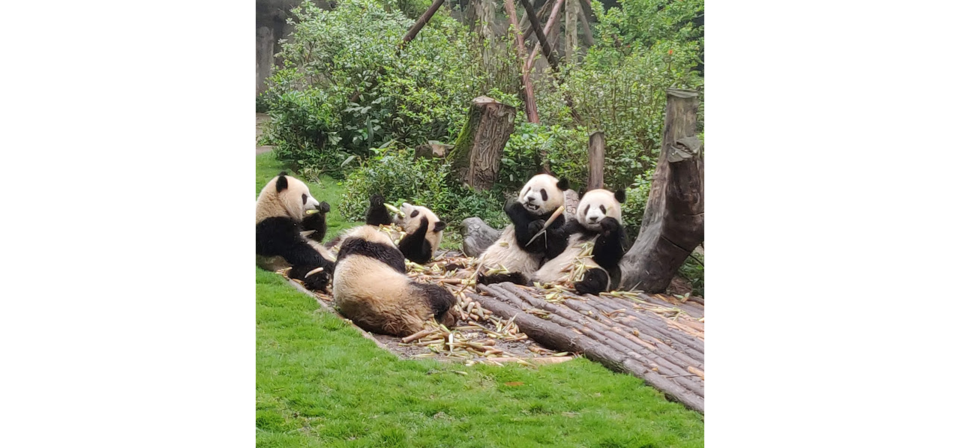
When you tell people your next vacation destination is China, more often than not, you are awarded with a puzzled look. But after spending more than two weeks across 6 cities, would I recommend China for your next trip? Most definitely!
The huge country offers much to see, do and of course to eat.
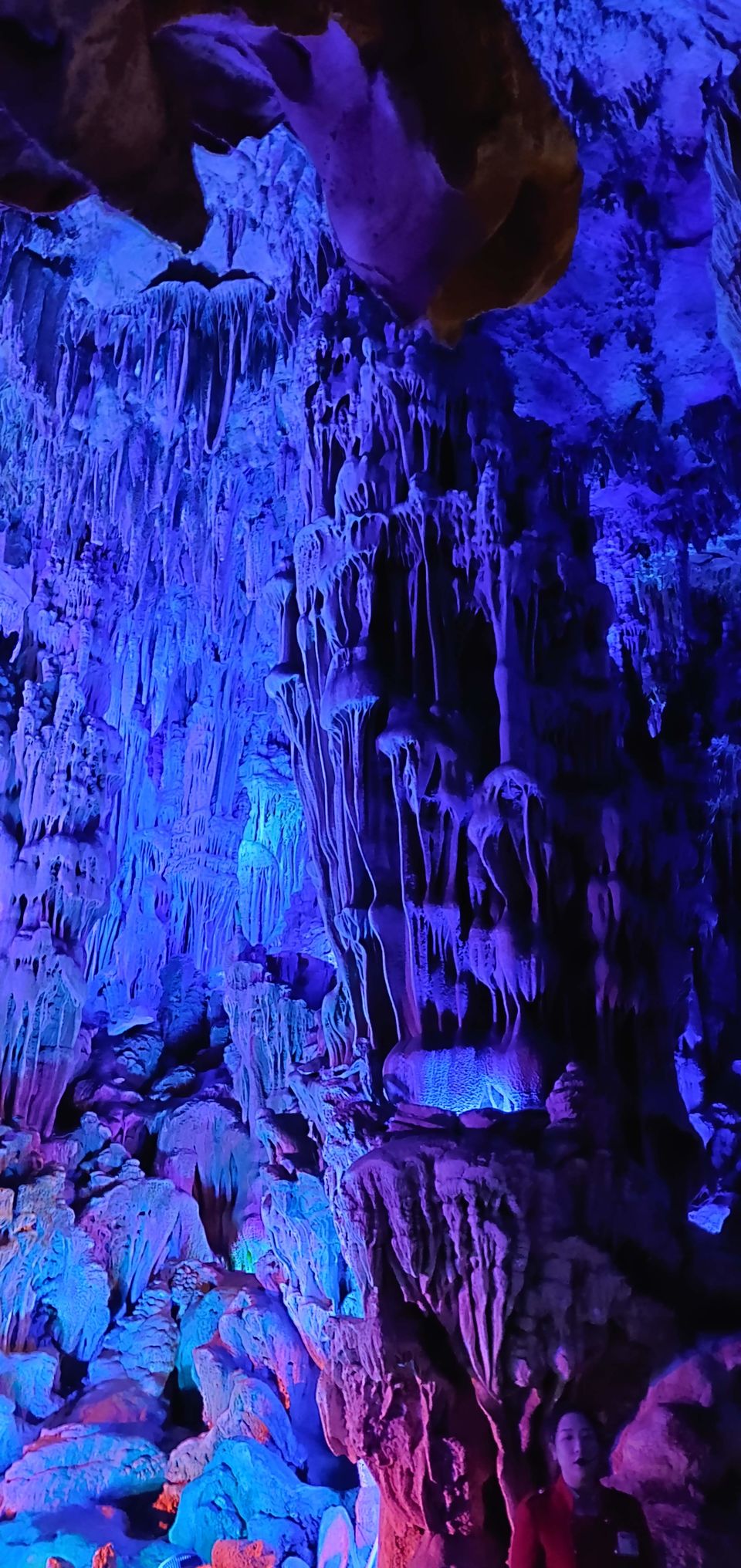
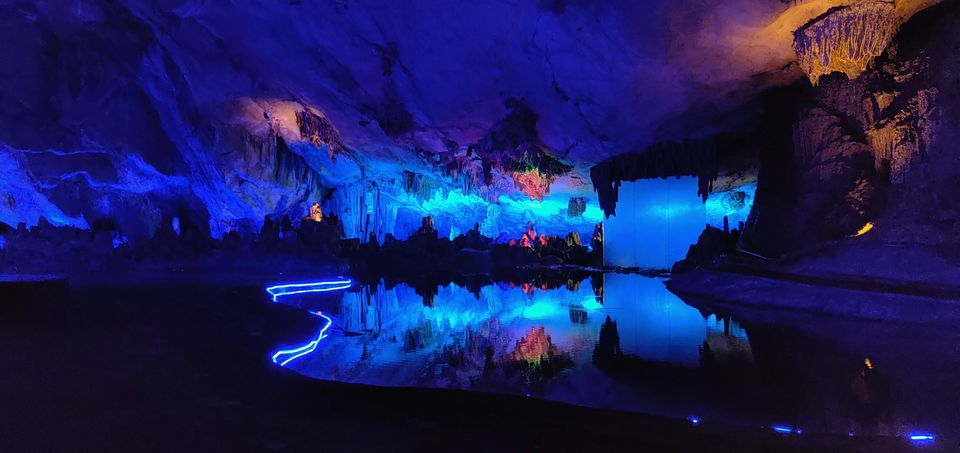
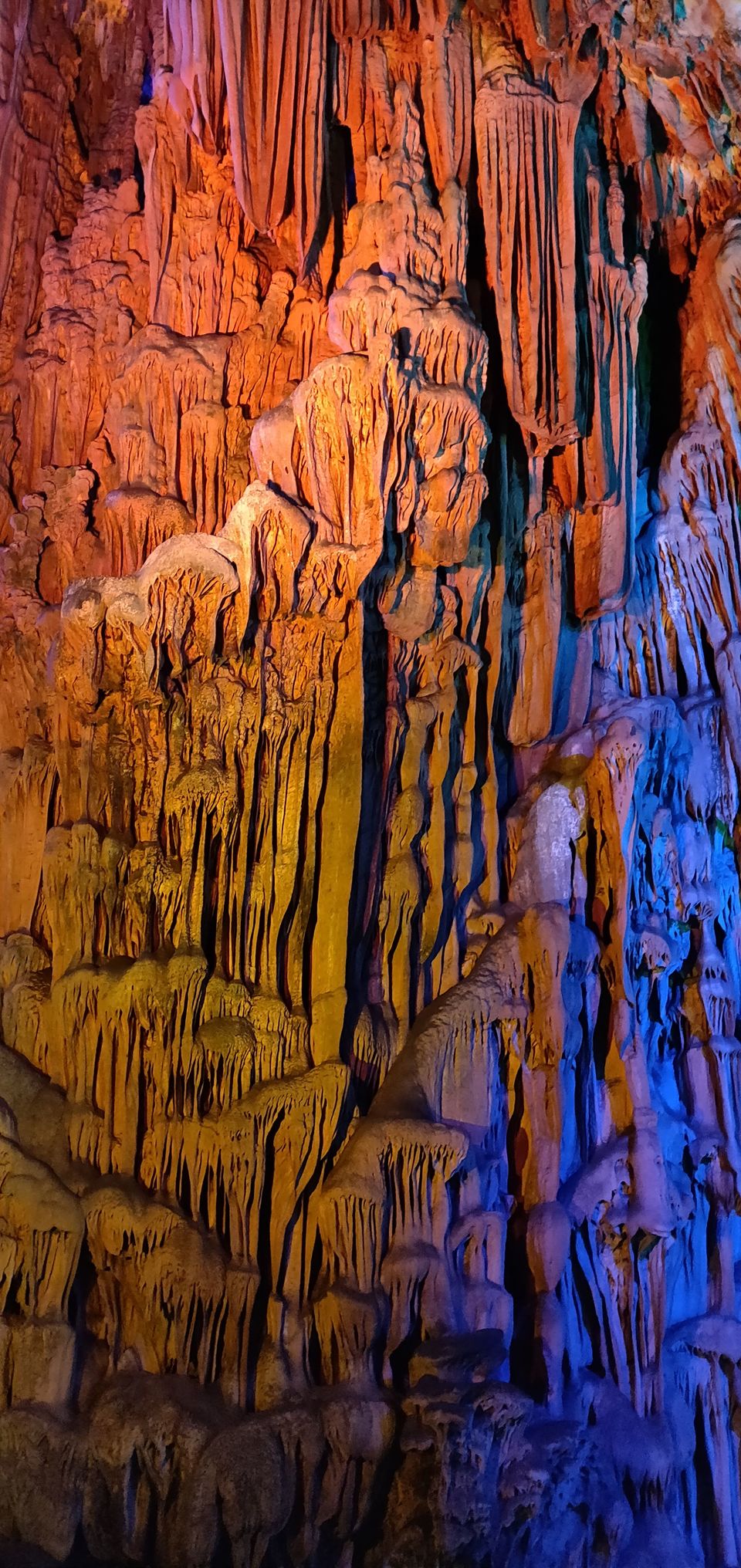
We did a two week itinerary, starting with Beijing.
The route we took was Beijing-->Xi'an-->Chengdu-->Guilin-->Yangshuo-->Shanghai
After landing in Beijing, the first thing we enjoyed was a shadow puppet show offered by our hotel

A nice place to experience China nightlife is the Shichahai area, alternative to the same is Sanlitun. China really comes to live in the evenings, everything that can be lighted up is lighted. I would recommend a walk around Huahai Lakes. The lake is lined up with many bars, and you can see the locals enjoying their drinks and music. You will encounter many locals patiently fishing in the lake. As you continue along the lake and across the bridge, you will find yourself surrounded by myriad street food vendors and shops.

May is a good time to go, with the weather being very pleasant, but expect a few showers. The tourist attractions are not very crowded, but the earlier you go the better. We started our day with a visit to the temple heaven, where the emperors went to prayer for good harvest.
The attraction is huge, you can choose which sections to visit, there is also a rose garden nearby for the nature lovers.
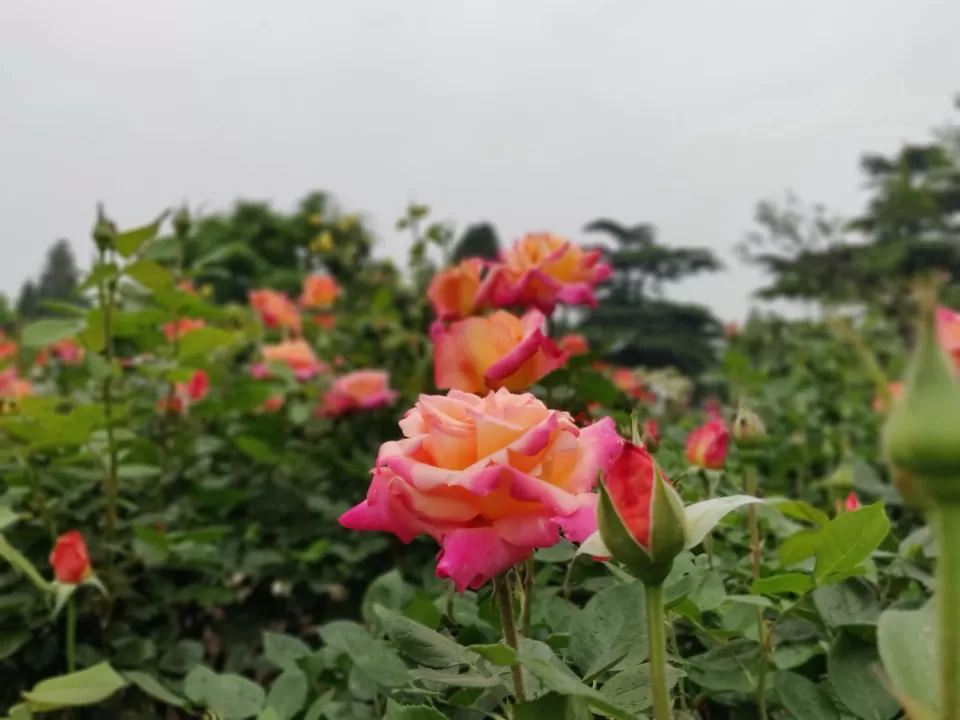
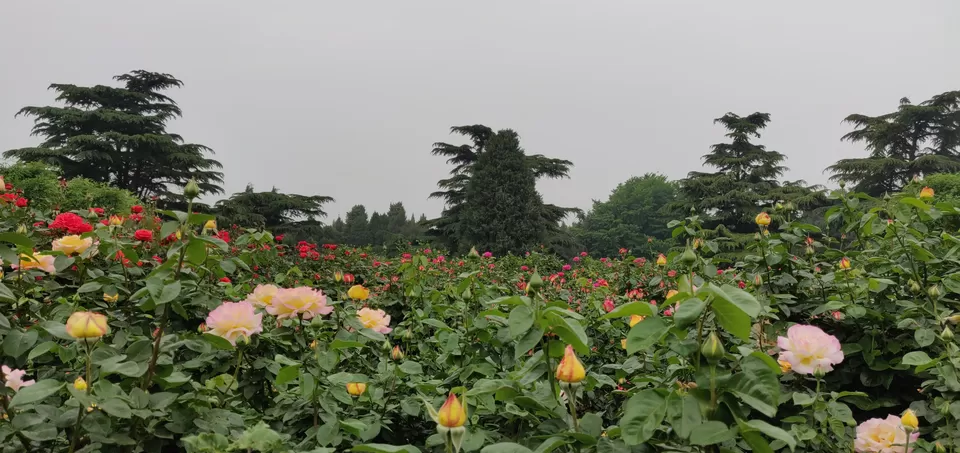
After walking for a couple of hours, we left for Tiananmen Square followed by the Forbidden City. The forbidden city, or the imperial palace of the Qing and Ming dynasty, is spread across 178 acres, giving you an idea of the emperors lived. It is so called because it was forbidden for the commoners to enter the palace.

The forbidden city is massive, you can choose which sections to visit. They also have a hall of treasures and hall of clocks, which displays the collections from the palace. You can see a lot of decorative items made from jade and other precious metals in these halls.
After 3 attractions and crazy amount of walking, we called it a day. Next up was the Great Wall of China, most operators start at around 6am, we went to the Mutianyu section. It takes around 1 hour to get there from the city. Once you reach the location, you have an option of cable car or chair lift. The cable car takes you to tower 14, and round trip costs 120RMB, the chairlift takes you to tower 6, and a round trip of chairlift and toboggan costs around 120RMB. You can take the cable car up and toboggan down, but these are operated by different companies it would cost 200RMB. There is always the option of trekking all the way up. We chose the cable car+toboggan option, from tower 14 we walked down to tower 6, to enjoy the toboggan slide, and it was worth it.
After 3 days in Beijing, we left for Xi'an, city of Terracotta warriors. We took one of the fast trains, and it took us around 4.5 hrs to reach Xi'an. The first place we visited was the Xi'an city wall, there are 4 gates through which you can enter, the total wall is around 13km, you can choose to walk or cycle across the entire wall or sections of it. The south gate is the most popular gate, like other attractions, the wall looks much better in the evening with the lights on.
Other popular attractions in Xi'an are the Bell Tower and Drum Tower. Behind the Drum Tower lies the muslim quarter, or the street food heaven of Xi'an.

Next morning we took bus 5(306) from railway station to Terracotta warriors. Here you take a guide, as they can really help you understand the nuances of the warriors. Each warrior has a different face and body shape, as they were molded after one of the actual workers. The attention to details from the hairstyles, clothing, to even the footwear is amazing. If you are interested you can purchase a souvenir warrior made from the actual clay found in the tomb.
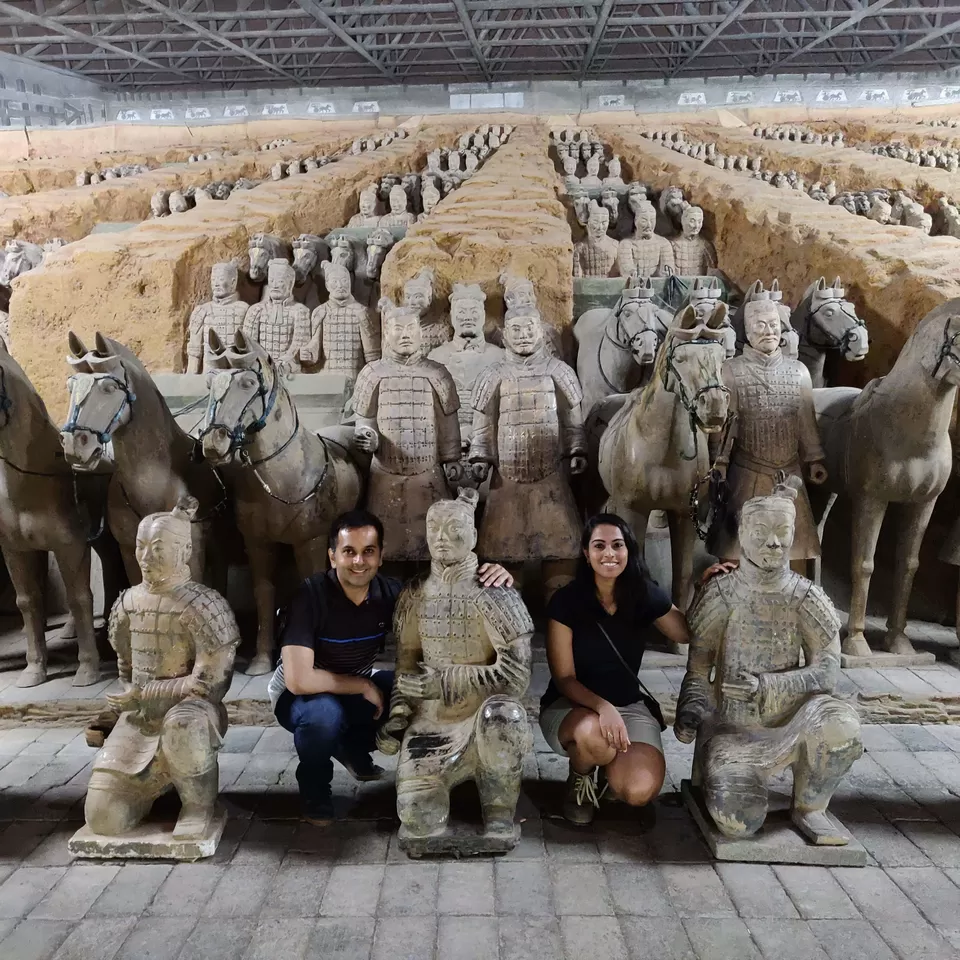
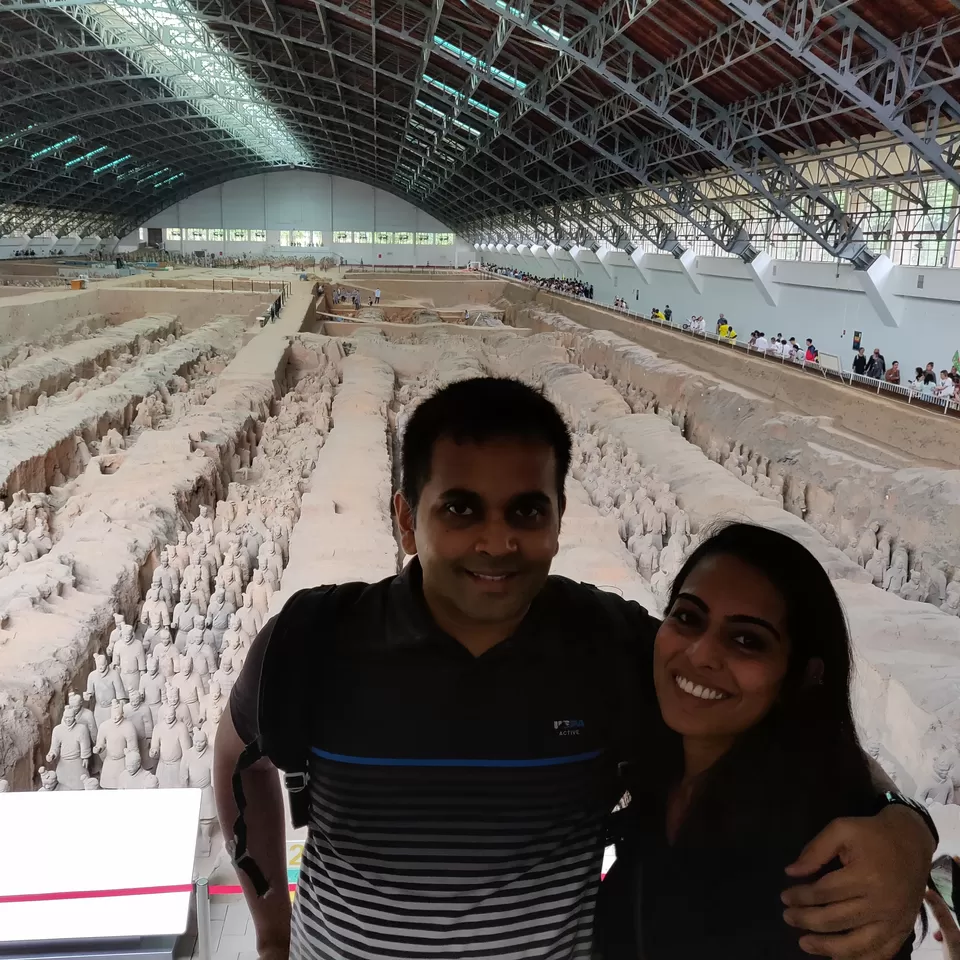
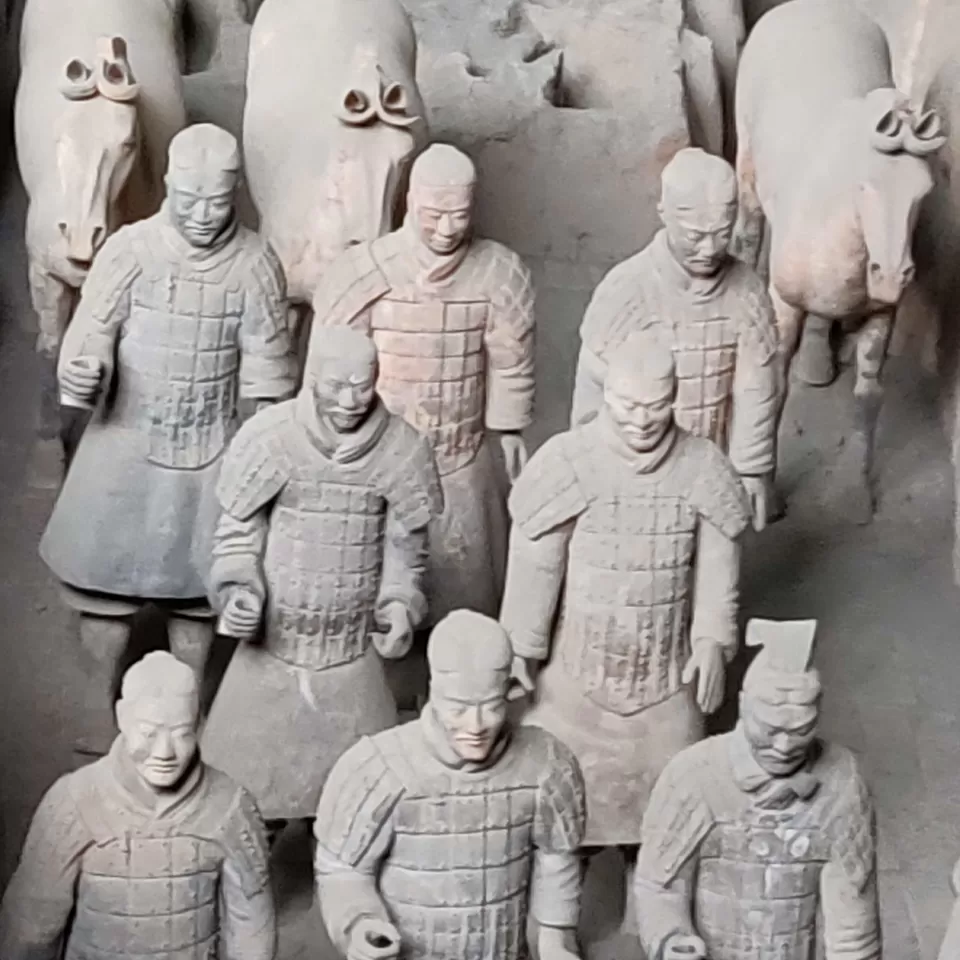
After some history, it was time for some nature. No visit to China is complete without visiting the cute, adorable Pandas in Chengdu. Chengdu takes around 3.5 hr in a fast train from Xi'an, and is home to the Panda Breeding and Research Centre. The centre aims at breeding Pandas and eventually releasing them into the wild. My only recommendation is visit as early as possible, we made it at around 7.30am, and still encountered some crowd. Also the feeding starts at 7.30am, and the Pandas are most at this time. If you reach later, you might find them snoozing.
After the cuteness overload, we headed over to the Sichuan Opera. While most of it is in Mandarin, some of the musical performances, the face changing and hand shadow performances make up for it.
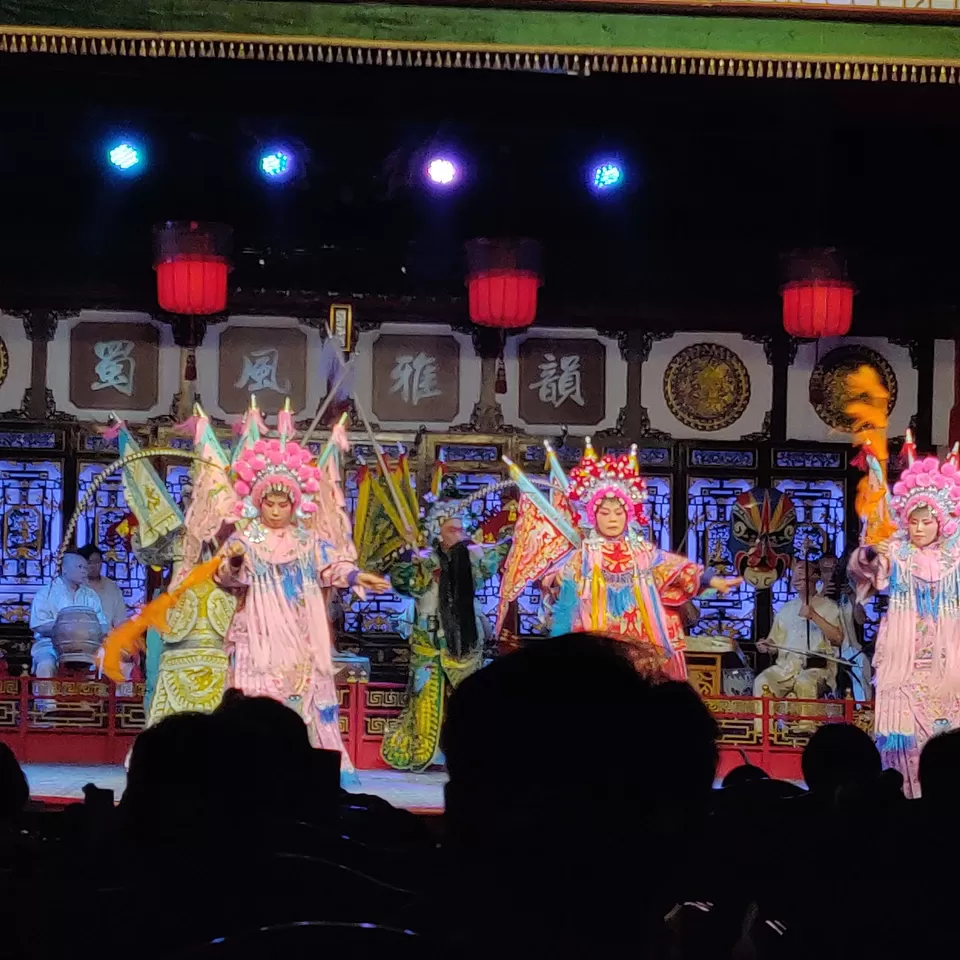
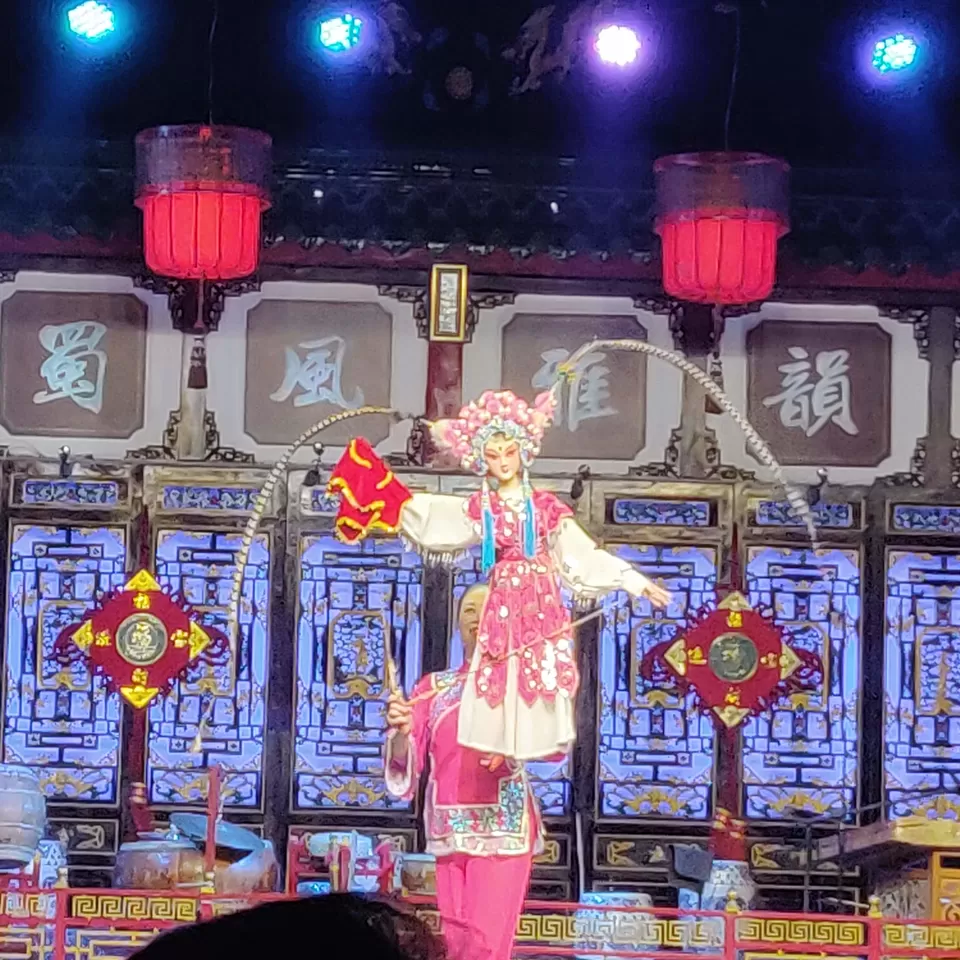
Next stop on the itinerary was Guilin, named after the sweet osmanthus flower. A walk around the rongshan lake will take you to all the popular places in Guilin.
From Guilin, you can visit Yangshuo as well the Dragon Rice Terraces. You will need to hire a cab to visit either of these locations. You can do a cruise on the Li River from Guilin, or you can try the bamboo raft at the Yulong River. I prefer the latter, since it is quieter and more personal. We started with Xianggong Hill, a trek up takes you to a viewpoint with excellent views of the Li river and the Karst Mountains. Then we drove to the Yulong pier to embark on personal cruise on the bamboo raft.
In the evening we saw the Impression Sanjie Liu performance, the extraordinary thing about this performance is that it happens on the Li river. With more than 600 performers using bamboo rafts to create and amazing show for you.
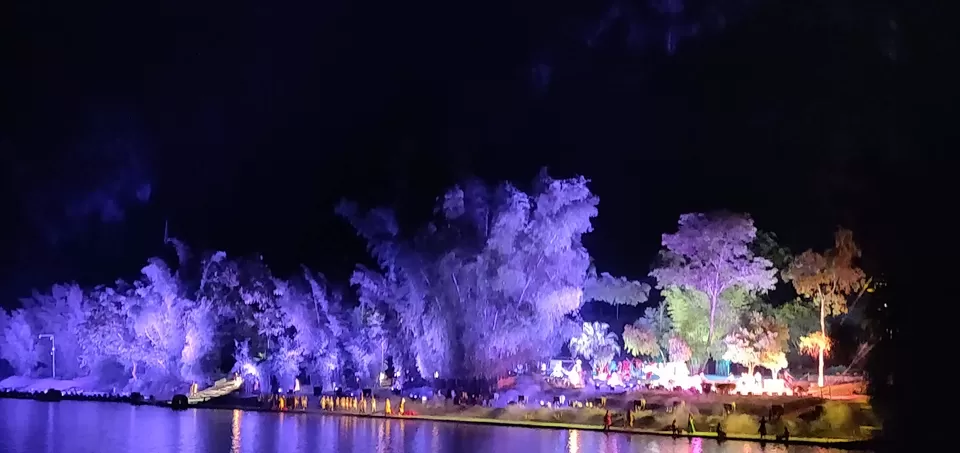

With a day left in Guilin, we visited the Reed Flute Cave. It is half an hour from the city. The cave is around 700000 years old and has spectacular formation of stalagmites and stalactites. They also project a small movie on the walls of the cave. Like everything else in China, the cave is also decorated with lights.
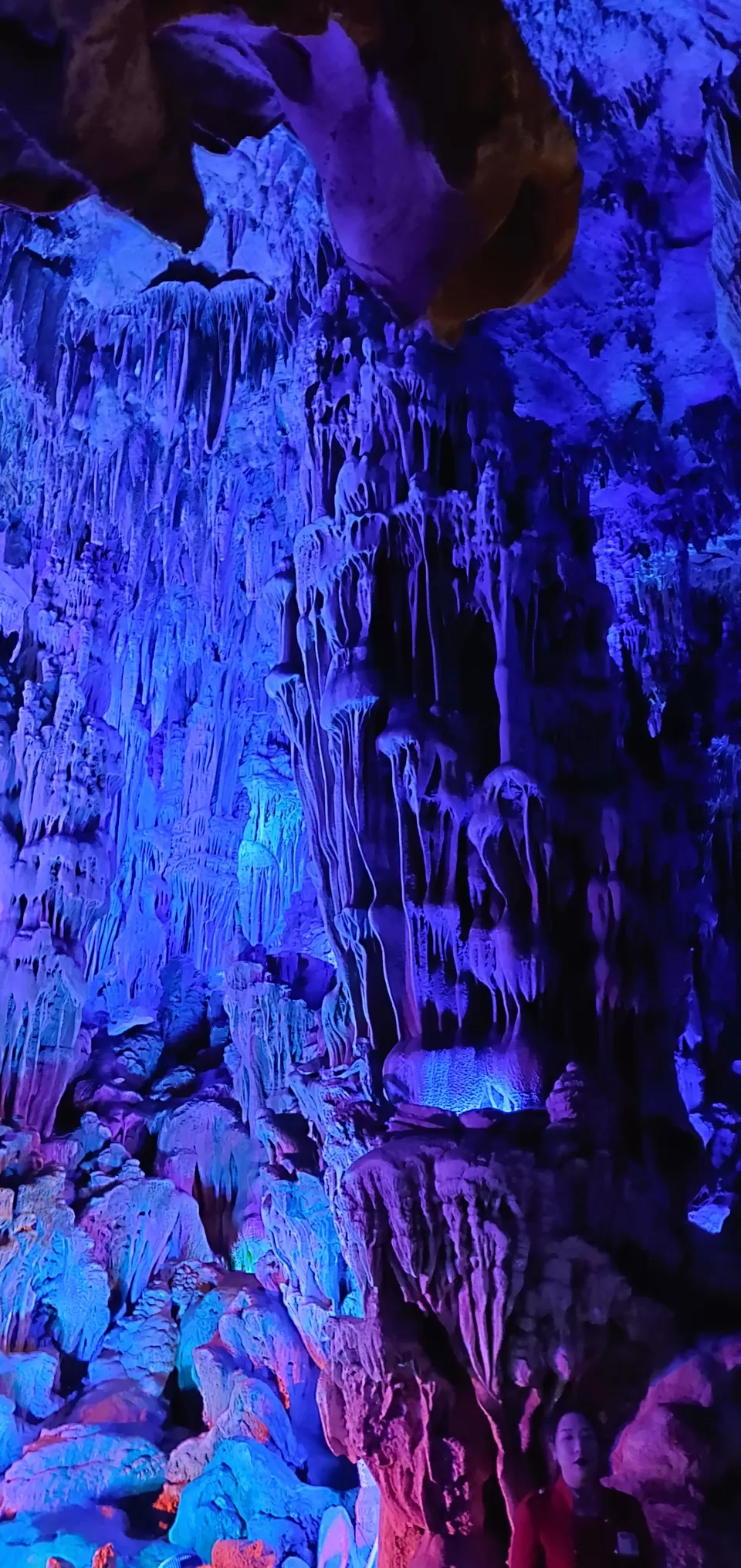
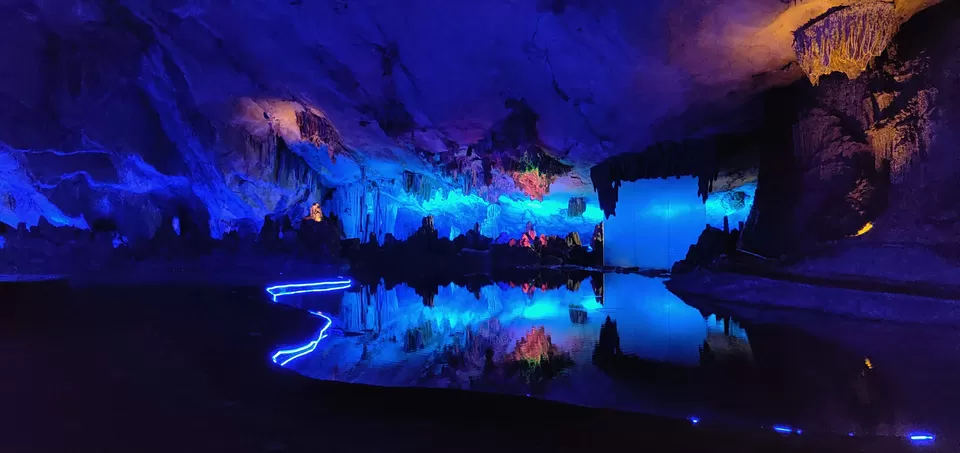
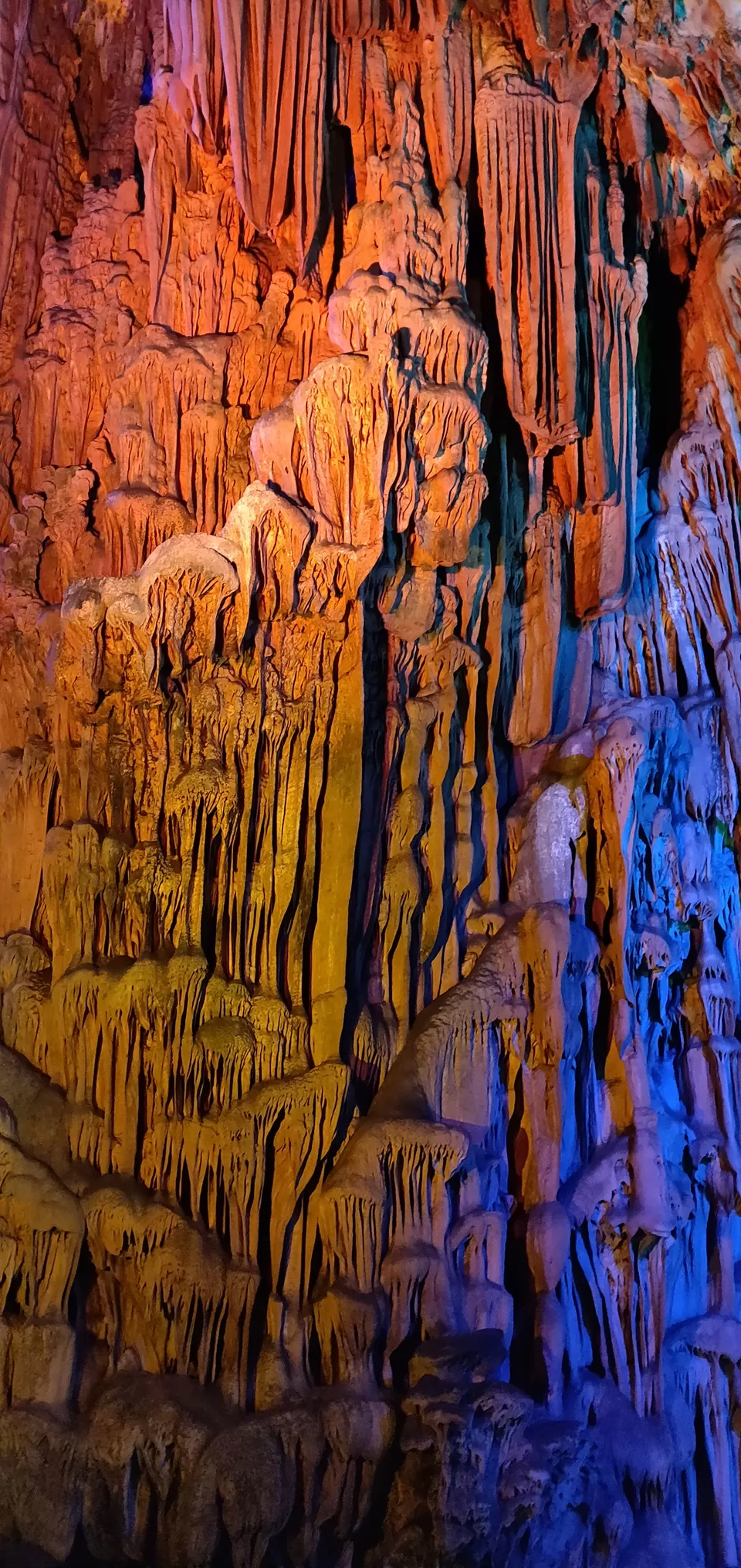
Guilin was a nice place to relax and have some tea, before our final stop Shanghai.
With only two days in Shanghai, we opted for a food tour in the French Concession Area and a walking tour around the Bund.
My only worry was about the language barrier, but in most cases I found it easy to overcome with a translation app. Despite the lack of communication, people were very helpful. On one occasion, the bus driver actually got out of the bus, to direct us on to the right road, on another a girl who could speak some english ensured we got the tickets for the metro easily. This trip was filled with everything from random conversations with locals who could speak english, to being accosted by school kids on the Great Wall and answering questions on what you liked about China. And don't be surprised, if someone asks for a photo with you, they don't see many foreigners, especially Indians there. I am surely going to feature on some Chinese family's social media :)


































